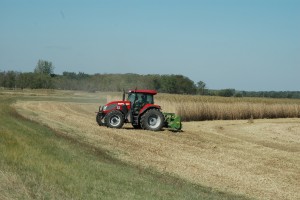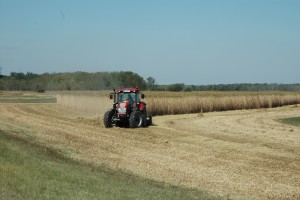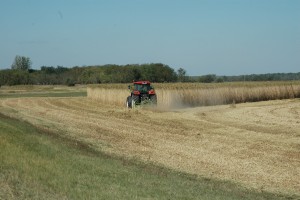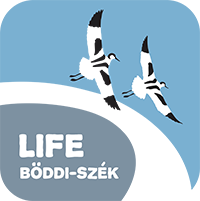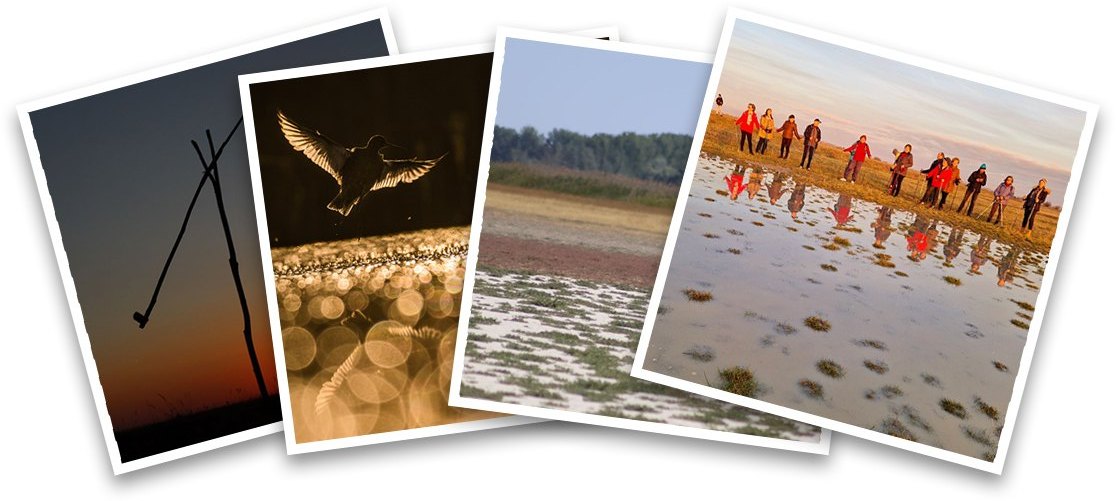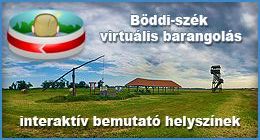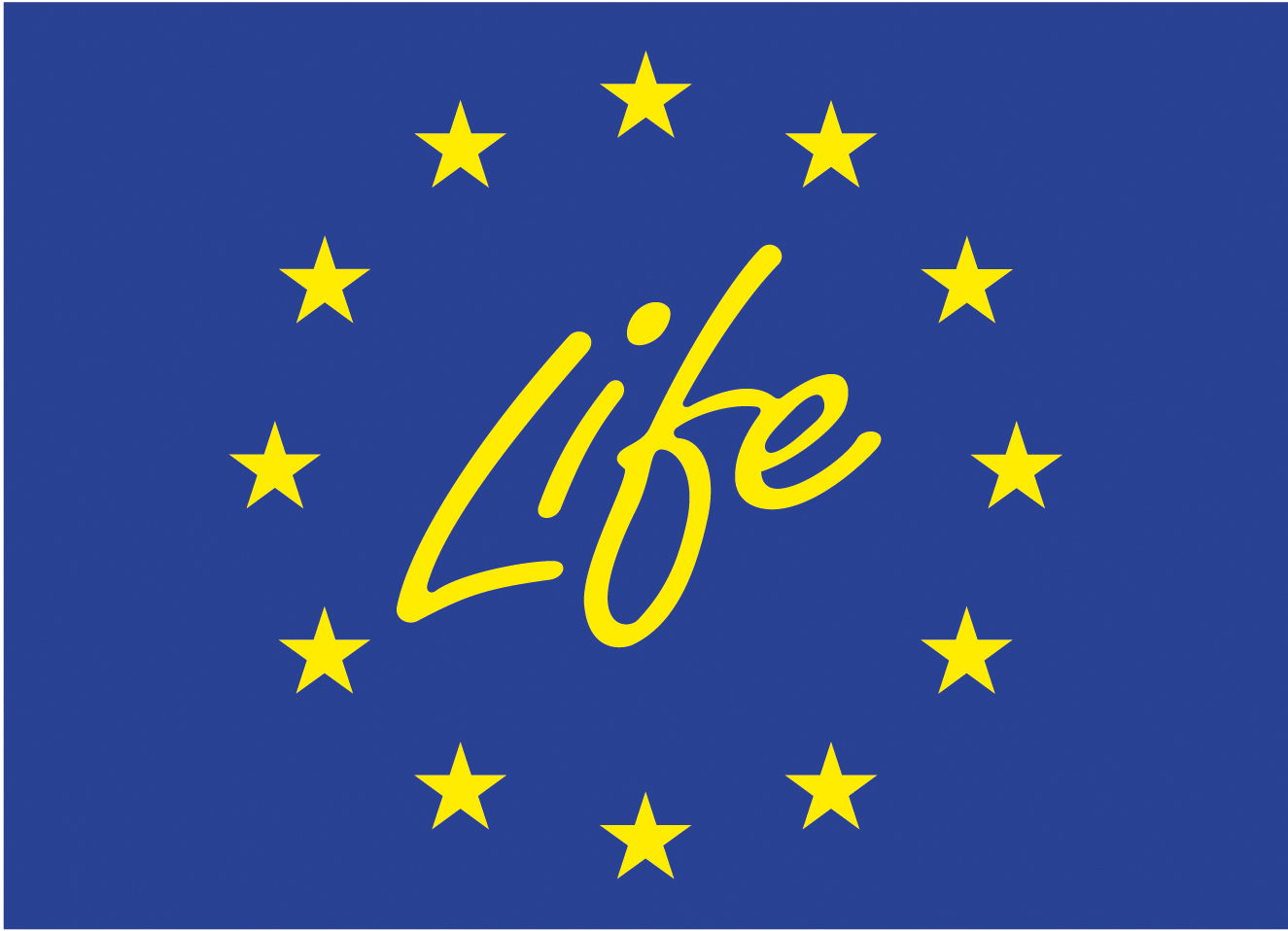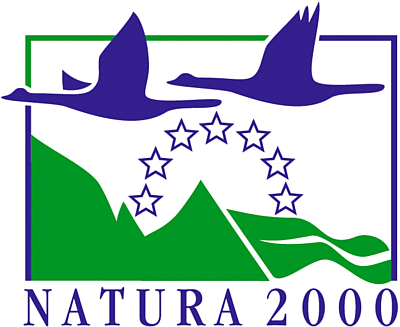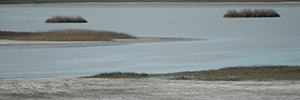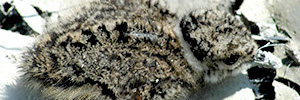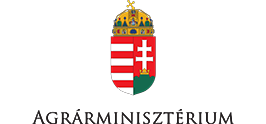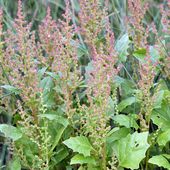SÓBALLA TANÖSVÉNY
A Sóballa tanösvény a világviszonylatban egyedülálló pannon szikesek legfőbb elemét, a klasszikus fehér vizű szikes tavi vízi élőhely együttest és a környező szikes élőhelyeket, a jellemző növény és állatfajokat mutatja be élményszerűen közeli módon, a Böddi-szék peremén.
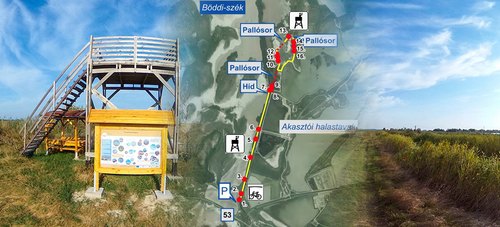
VIRTUAL WANDERING
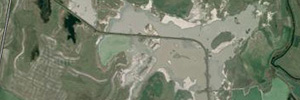
GALLERY
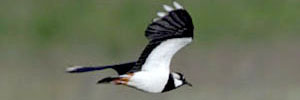
PLANTS
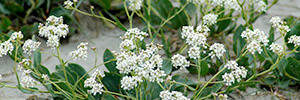
Biomass reduction for making the areas suitable for grazing
Mowing and shredding are important methods to be used in early autumn in the larger reedbed and clubrush areas on the project site. Because of the lack of precipitation in September, the dry soil surface allowed the approach of the marshy areas by the tractor. This activity is managed by the project partner Dunatáj Public Foundation, and is effectively fulfilled by the tractor purchased from Life sources.
The extension of marshes and reeds greatly increased in the last few decades in the deepest parts of the project site primarily due to the decrease of the number of grazing animals and the eutrophication. Hence they can be found along the canal No.5 crossing the alkaline lake, in the depressions of the natural lakebed and the embayments of the lakebed stretching into the alkaline grasslands. According former experiences the grazing is the most preferable conservation management method here, however the undermanaged marsh and reed covered areas are not suitable for grazing in their present state. Consequently, we have to remove the excessive biomass accumulated for decades firstly by mowing and shredding as preliminary management. In the freshly grown up vegetation the stands of Puccinellia limosa, Agrostis stolonifera will provide some valuable hay the next year, which will be preferred by the livestock as well.
